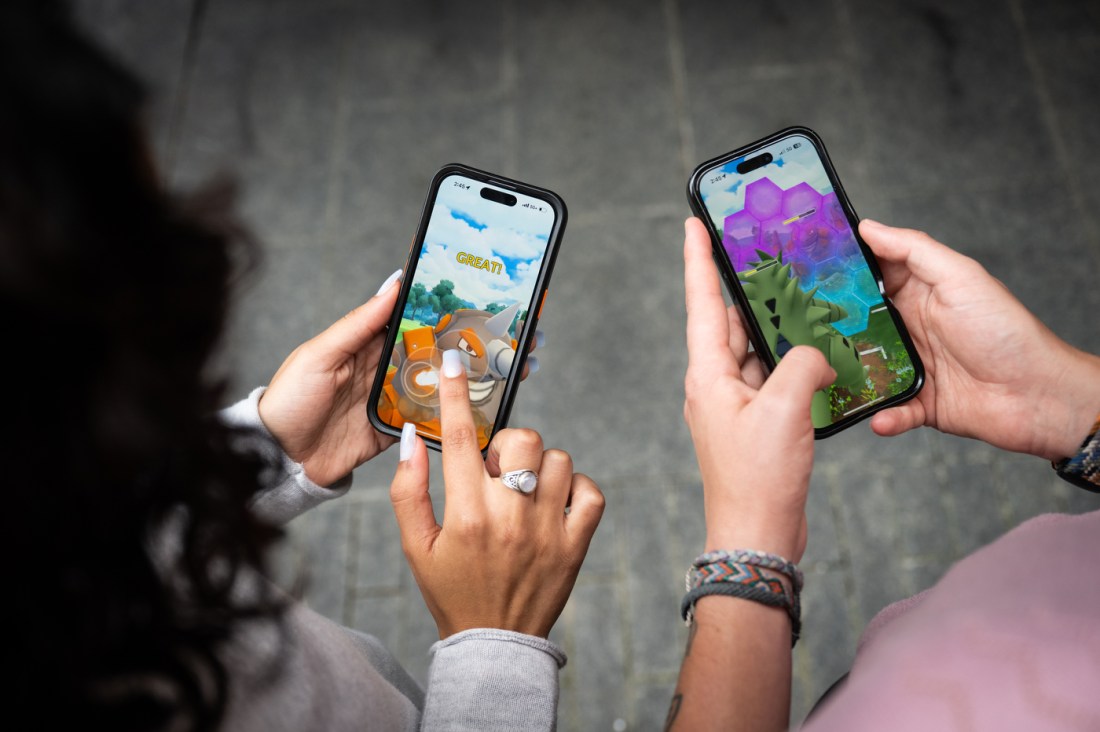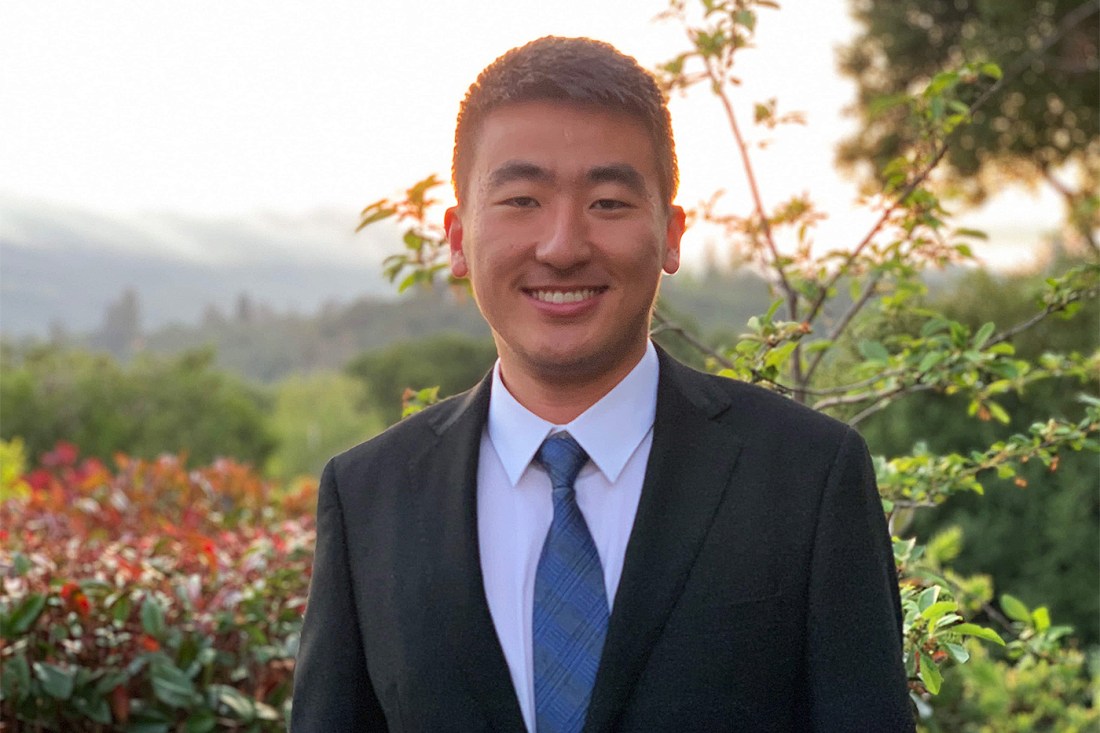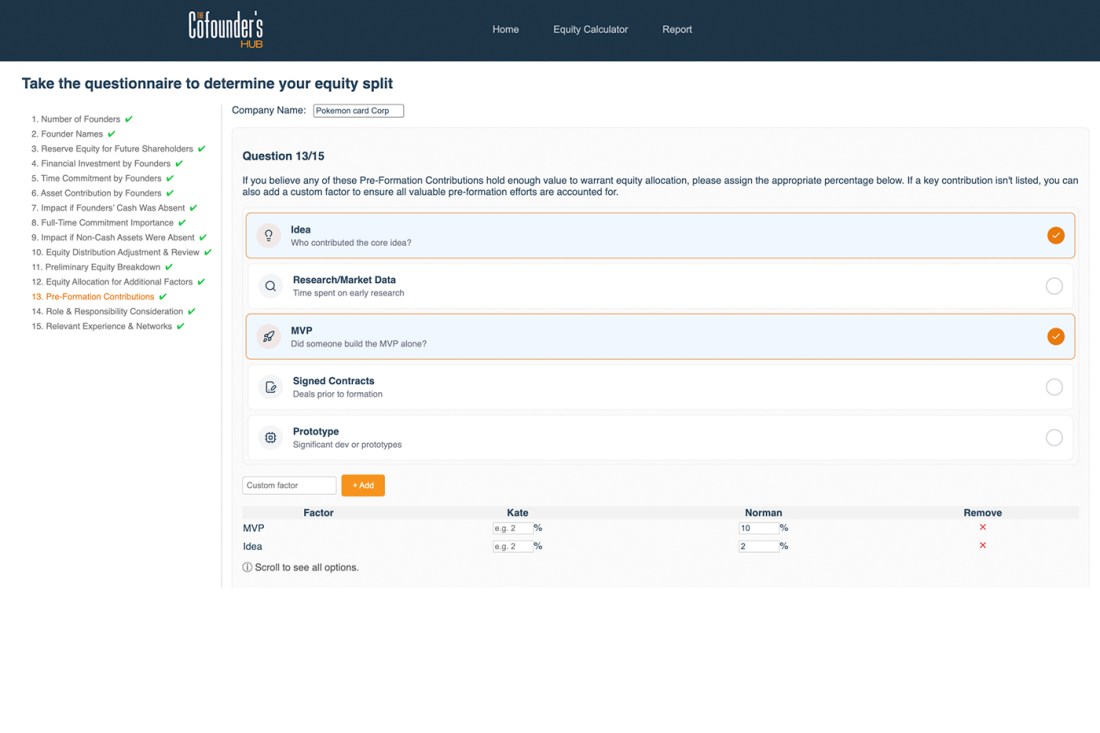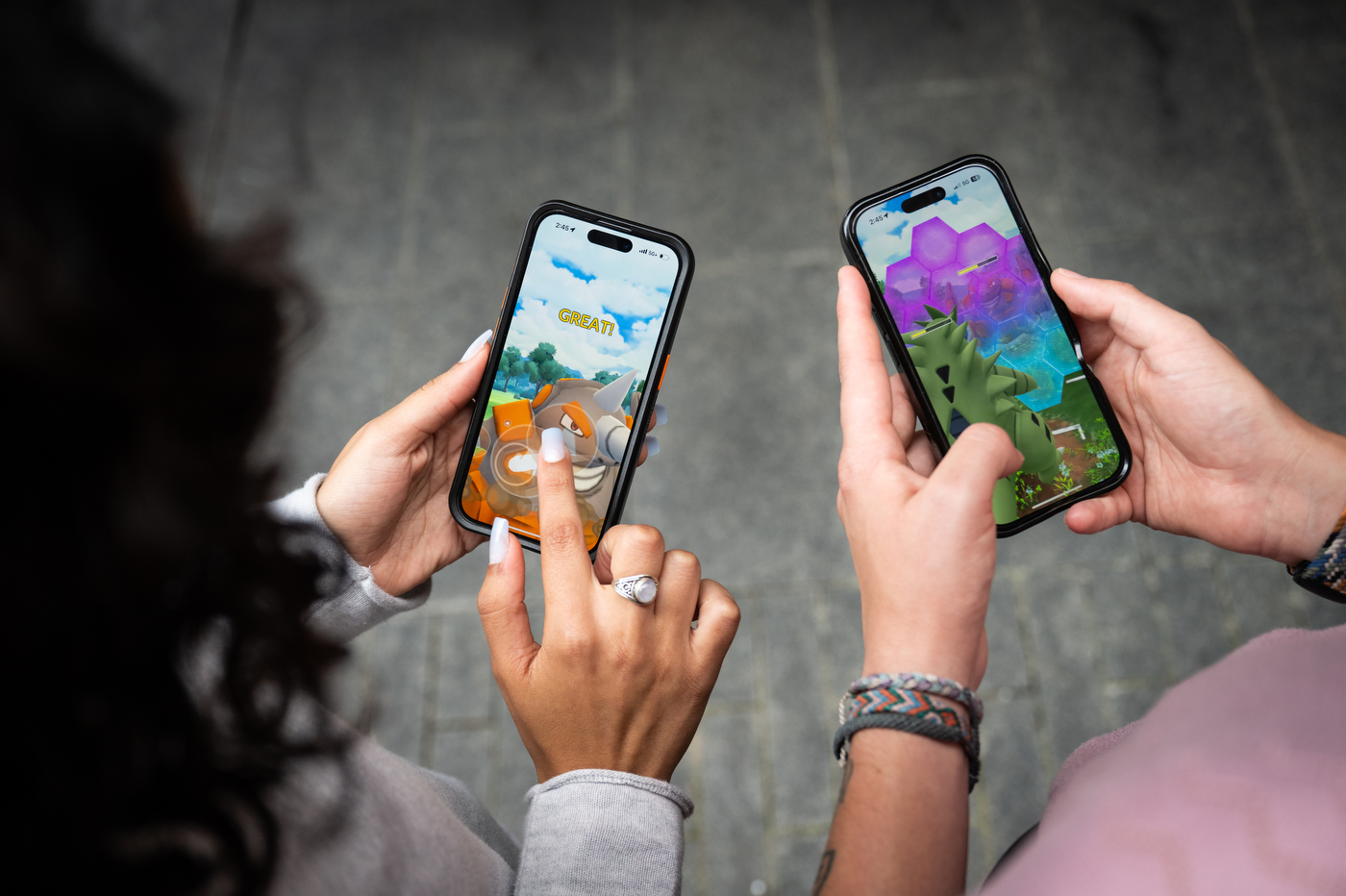A Northeastern grad student in Vancouver used lessons from competitive Pokémon to create a tool that helps entrepreneurs fairly split ownership of a new company.

When Norman Yuan heard about the project for his computer science capstone course, he immediately thought of Pokémon.
Yuan is a graduate student at Northeastern University’s Vancouver campus, where the CoFounders Hub — a startup support center — is also embedded with offices on-site.
When the CoFounders Hub needed a new tool to help business cofounders divide equity, they turned to Northeastern students.
That’s when Yuan had his lightning bolt moment.
“When I first heard the idea, I already knew how I was going to make it,” he says.
A competitive Pokémon video game player, Yuan uses Pokémon calculators to predict the outcome of in-game battles by entering a team’s stats, moves and abilities, and simulating the battles.
“It’s the same idea as assembling a team of cofounders to build a startup,” Yuan says.
Except that, when assigning ownership equity, business developers don’t usually have to consider their cofounders’ species or attack speed.

There are as many as 50 different factors to consider when deciding how to split financial interest in a new business, says Tanis Jorge, founder of the CoFounders Hub. These include core issues like how much money and time the founders are investing, whether either is leaving a steady job, or who is bringing crucial knowledge to the table, Jorge says.
Working with Northeastern associate teaching professor Ildar Akhmetov, Jorge presented the equity calculator concept to five students in Akhmetov’s capstone course last fall. She asked them to design prototypes for the tool and shared insights based on her experience building successful cofounder partnerships.
Jorge is the author of The Cofounder’s Handbook, a guide for entrepreneurs establishing business partnerships.
“Tanis sent us a Google spreadsheet with all the factors she wanted to be included in the calculator,” Yuan says.


He took those factors and created a web app that lists each with a field for cofounders to assign values to the elements they’re contributing — office space, network connections, technical expertise — as well as sacrifices made, such as relocating or quitting a steady job.
This is where the conversations get down to the nitty-gritty, Jorge says. While it may be tempting to agree on a 50-50 equity arrangement on the back of a napkin, she says, taking a hard look at who’s contributing what will pay off later.
“It can be a problem down the road when one person took significantly more risk with their capital or someone did much more work than the other,” she says. “There really is an art to distributing equity.”
This is what Yuan understood immediately when designing the calculator — because playing Pokémon requires the same nuanced thinking.
“For different Pokémon, you can assign different values and calculate their attack,” he says. “This is how the cofounders’ contributions work. You choose a founder and their contribution, and then it calculates their interest.”
When students presented their prototypes in class, Jorge chose Yuan’s design.
“We felt that it encapsulated the vision I had,” Jorge says. “He was very quick to understand the concept.”
Just like potential business partners who learn more about their separate skills by using the equity calculator, Jorge says she was able to fine-tune her idea by presenting to the capstone class.
“It was my first project working with a university,” she says. “To be able to understand that ethos and how it all works was extremely helpful — even how we pitched.”
